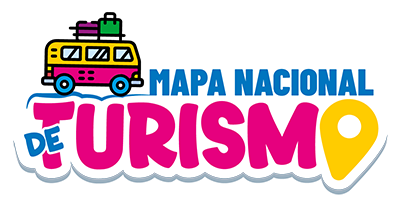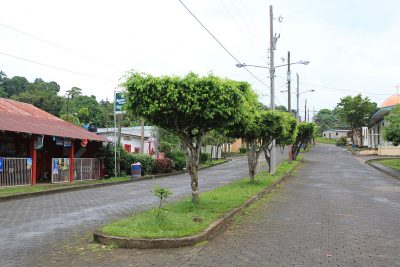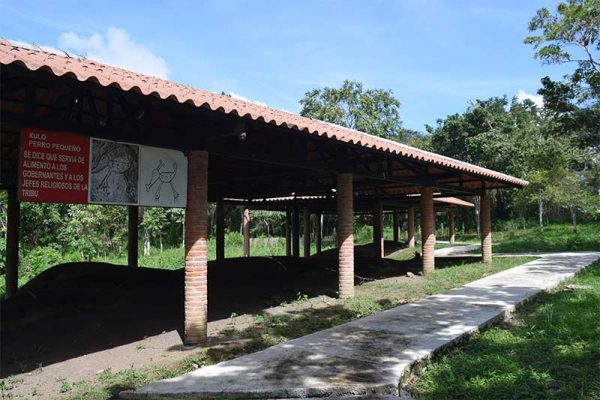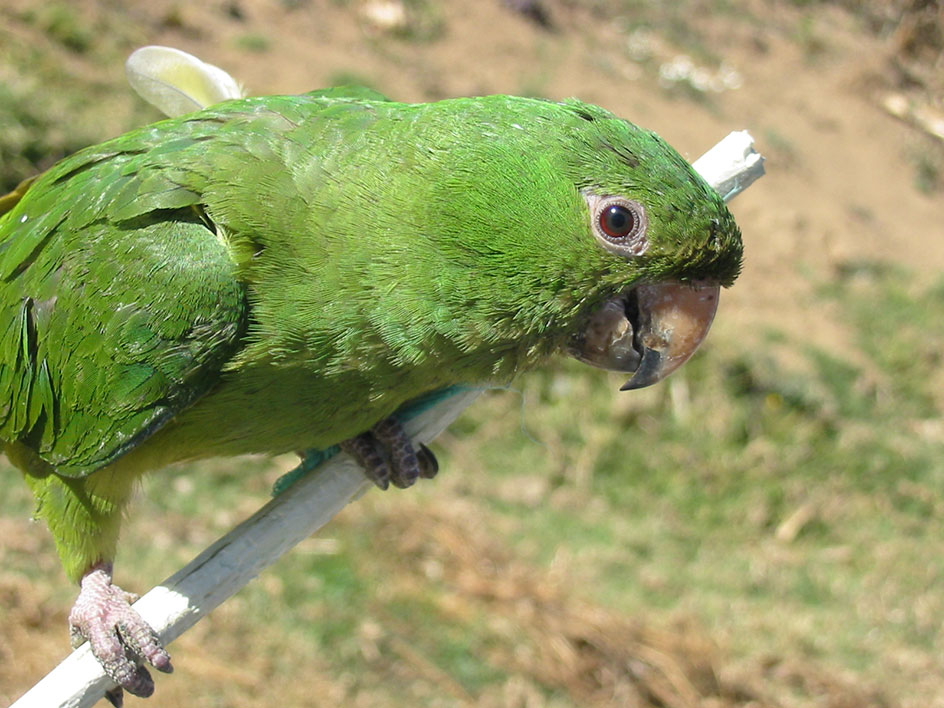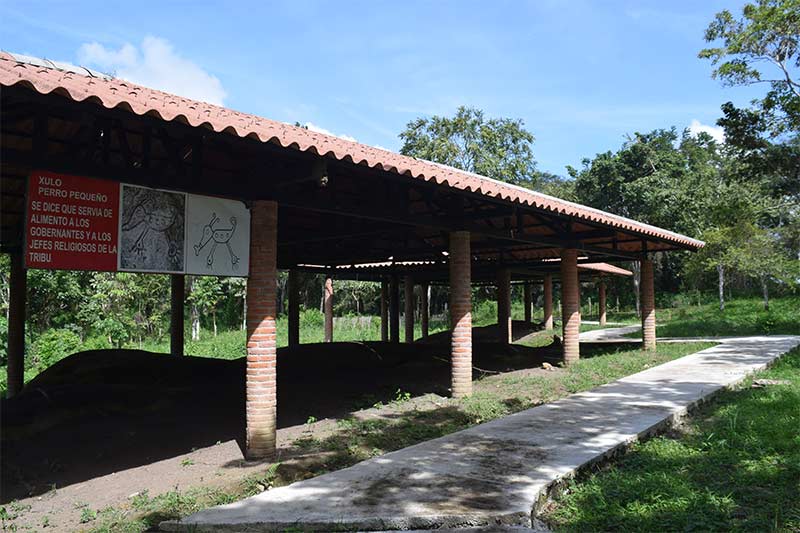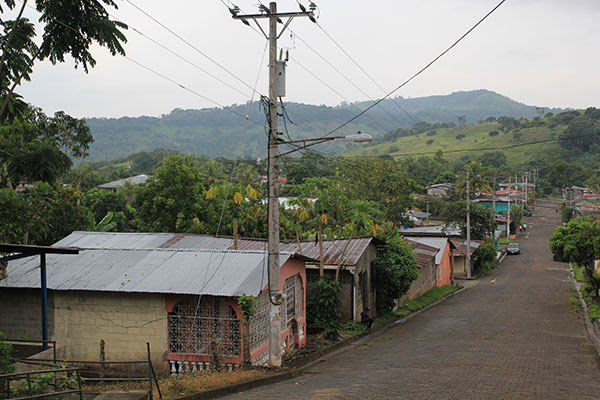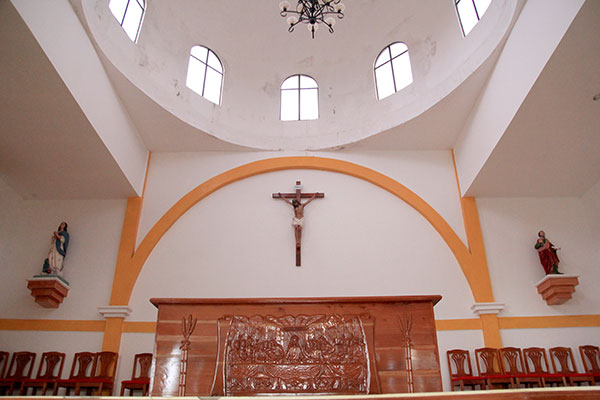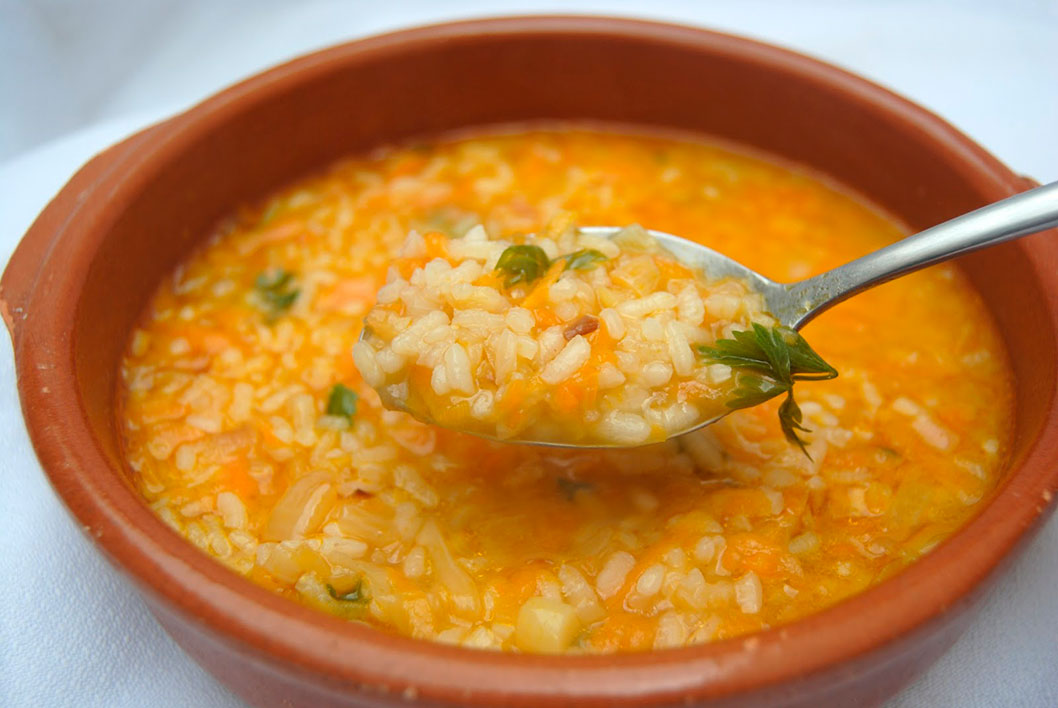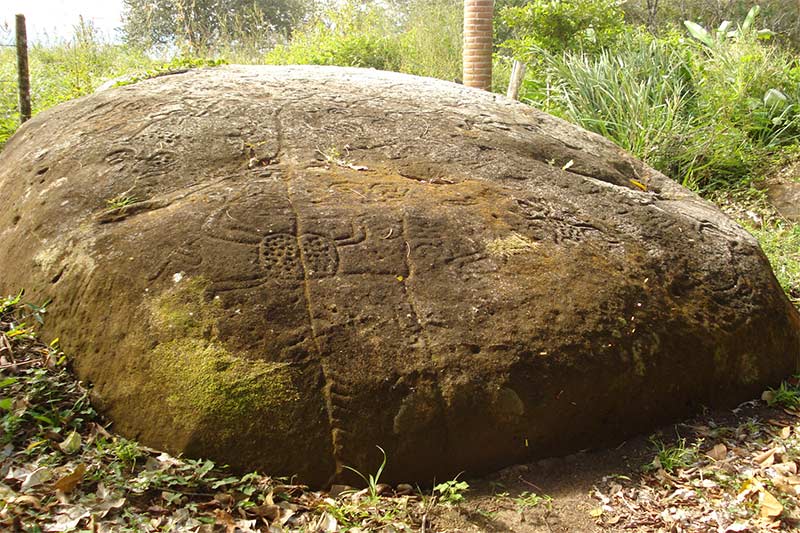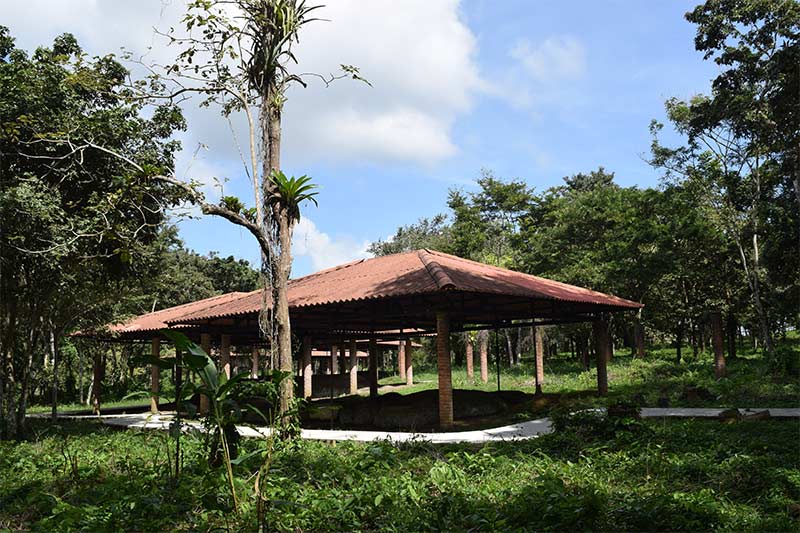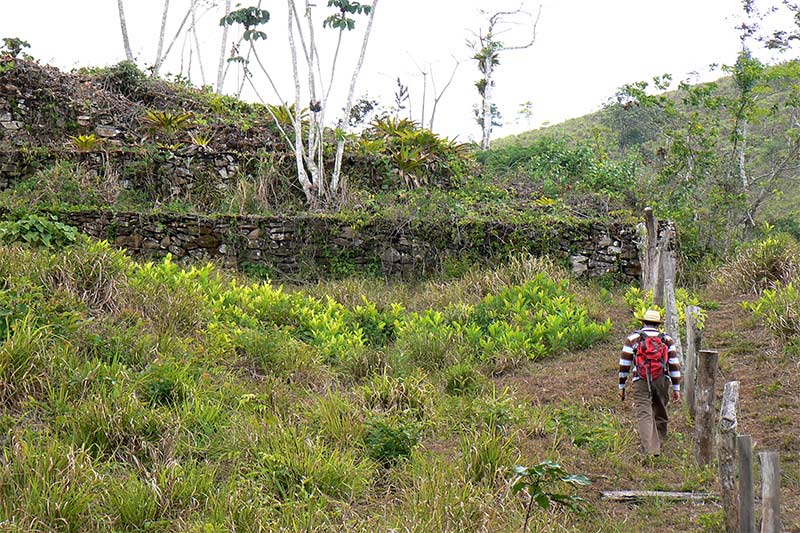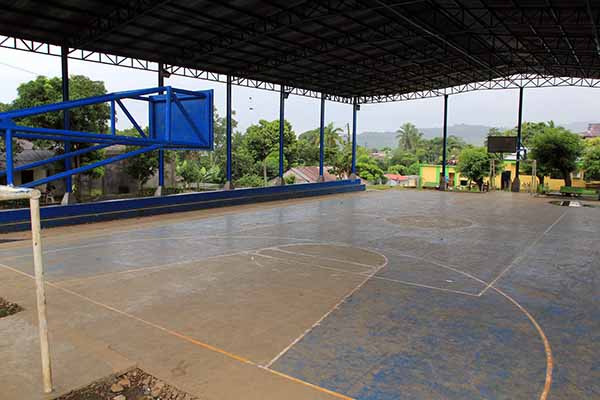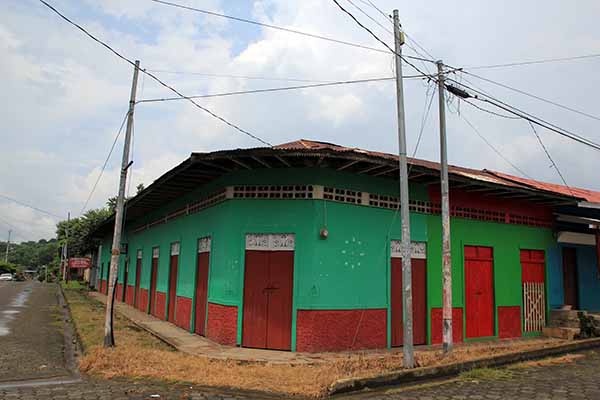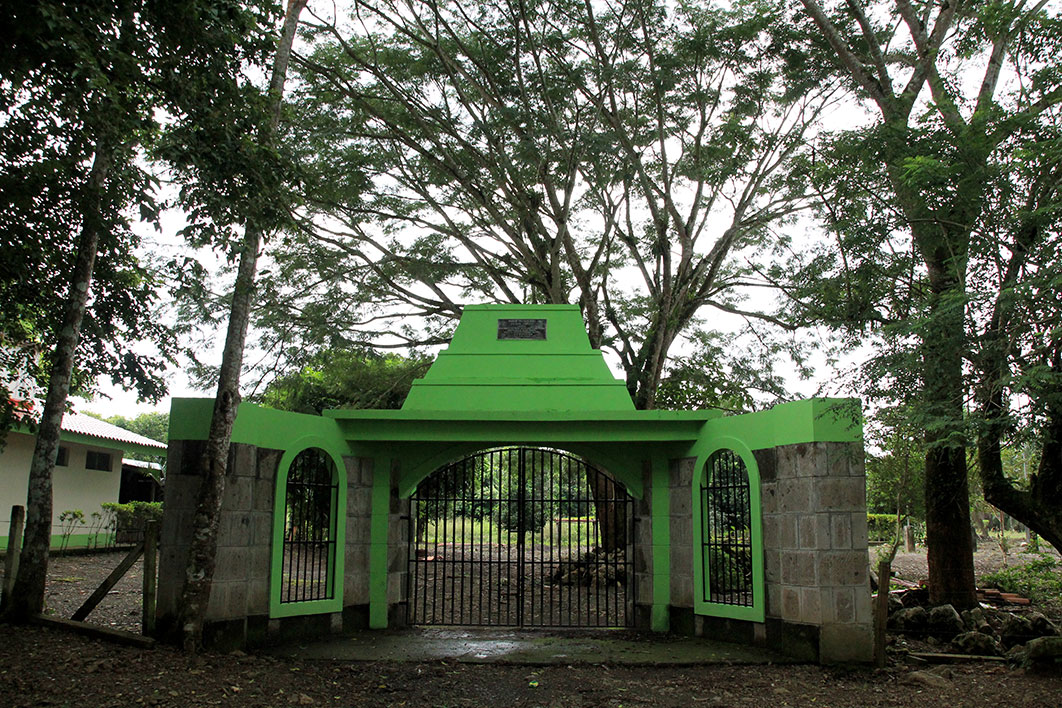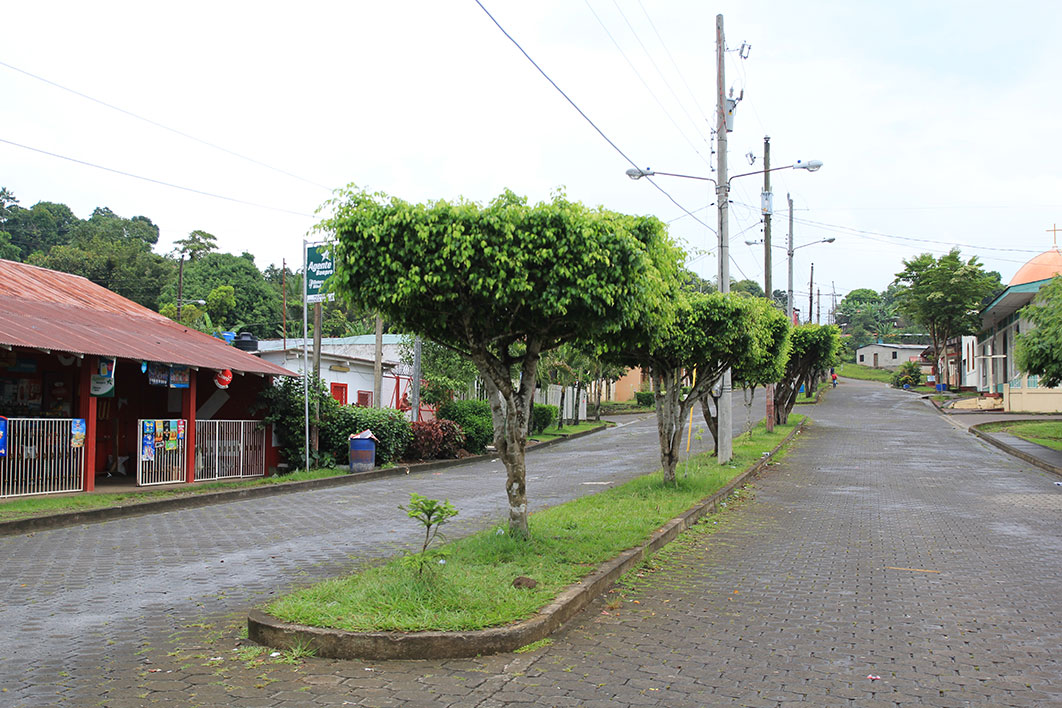The municipality of Villa Sandino, founded in 1942, had its origin in 1886 when immigrant families from other parts of the country, in search of suitable land for raising cattle, formed the village known as Pueblo Viejo, on the route from Chontales to the city of El Branch and Dock of the Oxen.
Don Dionisio Dávila is mentioned as the founder of the village, in 1886. He procreated 10 children with Doña Margarita Ruiz. The conversion of the area into a livestock area, the commercialization of wood, rootstock and rubber; and the layout of the road to El Rama boosted the increase in its population, as numerous people emigrated and settled in this area.
Due to this progressive advance that was experienced in the hamlet, by popular request and by the local authorities before the Presidency of the Republic, it was granted to elevate the hamlet to a municipality, giving it the name of Villa Somoza, by decree issued on August 27, 1942. Later, with the triumph of the Sandinista Revolution, they decided to change its name, in 1979, to Villa Sandino.
The construction of the road to El Rama allowed the emergence of several camps that later became hamlets such as Muhan, La Gateada, Rancho Alegre, Los Millones and El Chilamate.
The sounds of bulls are the most popular musical and dancing expressions in the municipality.
The legends and myths of the municipality evoke the witch pig, the cadejo and the monkeys that go out at night to perform mischief in the town. The older ones also talk about the goblins and the blindness that can roam in remote spaces of the municipality.
With all these events, the residents sought seven priests from different municipalities of the department to "clean up" all these evils, placing a cross on one of the hills surrounding the town.
Local figures who have contributed to the history and culture of the town
Doña Pastora Fonseca, "La Gata" as the town affectionately calls her for her clear eyes, with more than 100 years of life, is an example of work and for elaborating the most delicious vigorón of these lands.
In local economic development, Luciano Astorga and José Andrés Peralta Salguera were pillars to make the municipality a prosperous and productive community.
In education, the teacher of generations María Vargas, Father Higinio Fletes and Mrs. Juanita Bravo Martínez stand out, who also catechized the population.
In the area of bullfighting culture, the mentions of Don Máximo Castillo, “El Coyote”; the young Orlando Contreras Salablanca "El Diablito" and the native dancer Julio Lacayo "El Chayul", who was not lacking in any popular celebration where chicheros entertain.
cultural tourism
Declared as Historical Patrimony of the Nation, in 2008, the Piedras Pintadas Archaeological Park It is considered the largest pre-Columbian library in Nicaragua. In more than 150 large rocks you can see some 2,000 indigenous engravings that recreate the native fauna, beliefs and experiences of the ancient inhabitants of these lands.
This important archaeological center is also integrated into the geographical and historical context of the Garrobo Grande pyramids, the Muhan and La Gateada sites, all of which have not yet been exhaustively explored or studied.
Crafts
Leather pieces such as packsaddles, girdles, saddlebags and boots are made in the saddlery workshops. In this art, Don Ermenegildo Gutiérrez, Saddlery El Chancho, Olman Benítez and Freddy González stand out. They are located in the community of Villa Sandino and the town of La Gateada.
Archaeological crafts reproduce indigenous engravings in wood, clay, glass, metal and the embossing technique.
